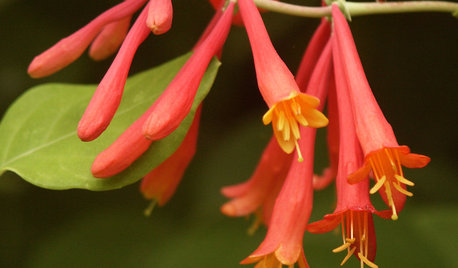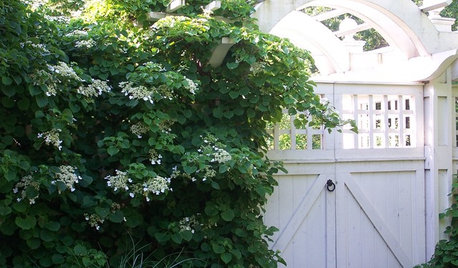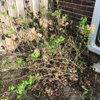Labeling plants for the long haul!
amna
11 years ago
Related Stories

DECORATING GUIDESImproving a Rental: Great Ideas for the Short and Long Haul
Don't settle for bland or blech just because you rent. Make your home feel more like you with these improvements from minor to major
Full Story
MOVINGRelocating Help: 8 Tips for a Happier Long-Distance Move
Trash bags, houseplants and a good cry all have their role when it comes to this major life change
Full Story
GARDENING GUIDESGreat Design Plant: Lonicera Sempervirens
Grow this long-blooming, flashy flowering vine to cover a fence or arbor and attract hordes of hummingbirds all season long
Full Story
GARDENING GUIDES8 Plants That Snobs Love to Hate — and You'll Love to Grow
Don't dismiss these common annuals, perennials and shrubs — there are reasons they've been popular for so long
Full Story
HOUZZ TOURSMy Houzz: Midcentury Minimalism in Long Beach
Vintage and industrial design elements combine for lots of character in this California couple's minimalist home
Full Story
KIDS’ SPACES9 Pro Tips to Create a Long-Lasting Kids’ Room
Hear what professional designers have to say about turning your nursery into a kids’ room that will last through the preteen years
Full Story
GARDENING GUIDES6 Plants That Beat Butterfly Bush for the Wildlife Draw
It's invasive, a nonnative and a poor insect magnet. Check out these better alternatives to butterfly bush in the garden
Full Story
GARDENING GUIDESInvite Mining Bees to Your Garden by Planting Their Favorite Plants
Look for mining bees (Andrena) pollinating woodland wildflowers in U.S. gardens this spring
Full Story
FALL GARDENING6 Deer-Resistant Flowering Vines to Plant This Fall
Have a major deer problem? Here are some of the only vines that have a chance of not being eaten
Full Story
BATHROOM DESIGN5 Common Bathroom Design Mistakes to Avoid
Get your bath right for the long haul by dodging these blunders in toilet placement, shower type and more
Full Story








terrene
greylady_gardener
Related Professionals
Salem Landscape Architects & Landscape Designers · Norwood Landscape Contractors · Belmont Landscape Contractors · Dallas Landscape Contractors · Fridley Landscape Contractors · Galveston Landscape Contractors · Gresham Landscape Contractors · Little Ferry Landscape Contractors · Painesville Landscape Contractors · Rockwall Landscape Contractors · San Antonio Landscape Contractors · Uxbridge Landscape Contractors · Watertown Landscape Contractors · Palos Hills Landscape Contractors · Eastlake Landscape Contractorsarcy_gw
cearbhaill (zone 6b Eastern Kentucky)
ken_adrian Adrian MI cold Z5
aachenelf z5 Mpls
terrene
linlily
diggerdee zone 6 CT
rouge21_gw (CDN Z5b/6a)
david883
annieg13
oliveoyl3
amnaOriginal Author